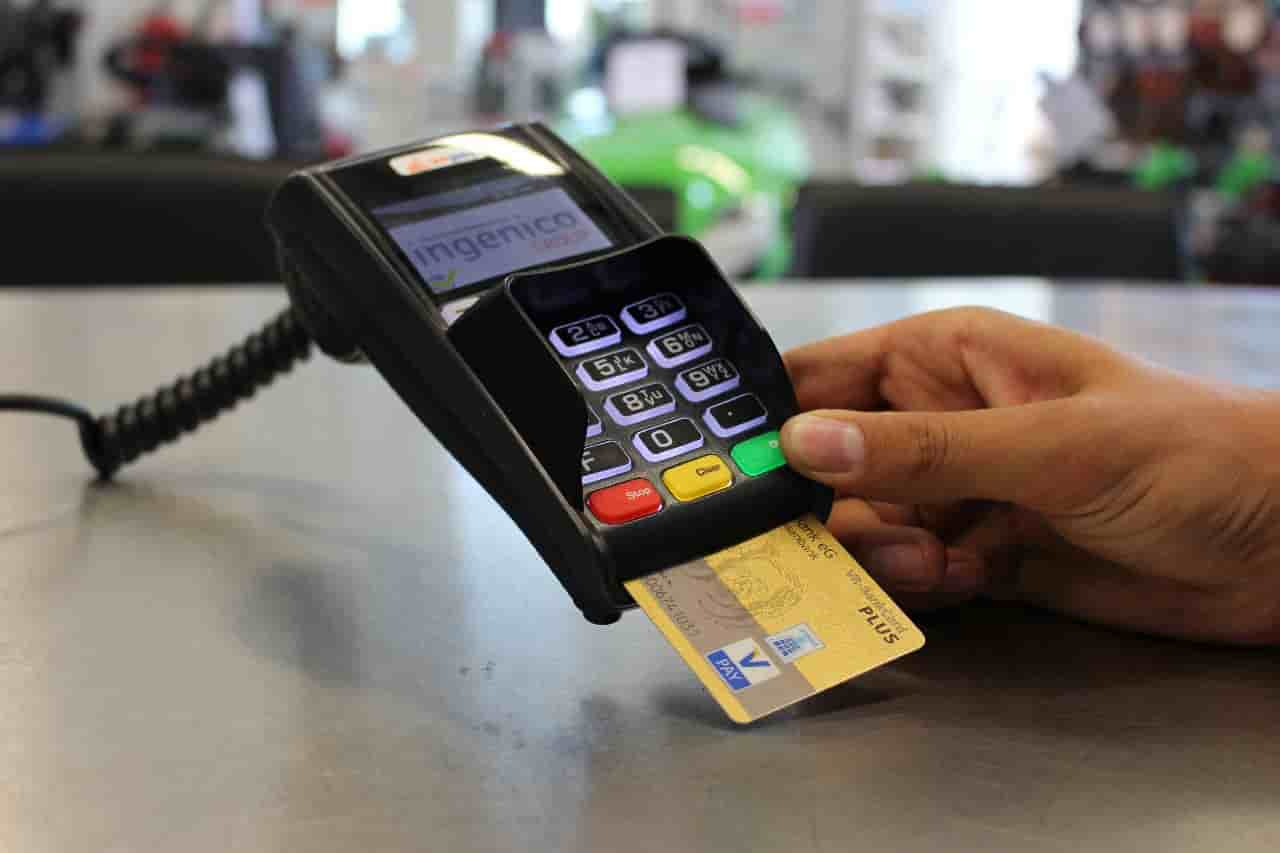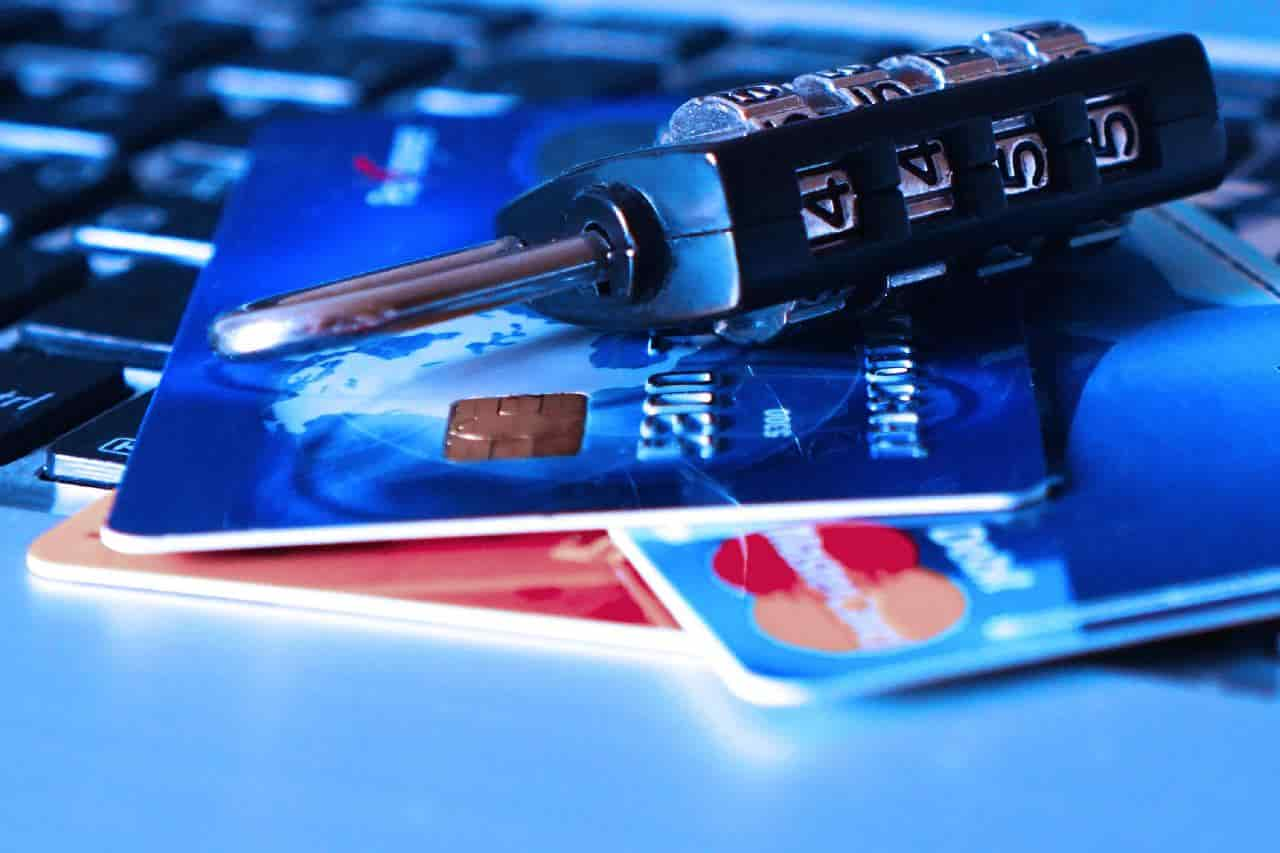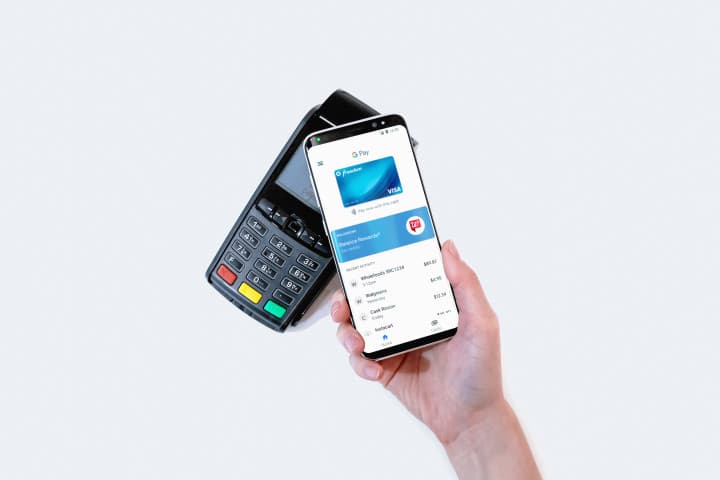In the modern world of credit, several different credit solutions and products are available for personal and business use, each with its unique benefits and disadvantages.
A revolving credit facility (RCF) is a flexible credit-based funding solution that allows for ongoing repayments and withdrawals to fund business operations as and when capital is required without the typical restrictions and repayment terms of a standard loan.
The revolving credit facility provides you with an initial available amount of credit. As you use and repay it, the credit amount available changes as the credit amount are topped up or reduced depending on usage. Let’s look at the pros and cons of this relatively new concept in business lending and how it compares to other credit options.
The Basics Of The Revolving Credit Facility
The revolving credit facility grants you a fixed credit amount that you can use to fund purchases or other business requirements and then repay the amount in installments or one lump sum similar to other loans.
The RCF has one significant difference: the available credit fluctuates according to repayments made by the borrower over time. It is the same as a credit card in that as you pay, the available credit increases.
As an example, you are granted a revolving credit facility of $10,000. You use that $10,000 to fund your startup equipment for your small business. You now have $0 available on the RCF account.
In month one, you repay $2,000 to the RCF account, and you now have that $2,000 available to use should you need it. You can either keep paying it until the entire balance is paid and then close the facility, or you can continue to use it as and when required.
Revolving Credit Facility Repayments & Fees
With the RCF, there is either a fixed minimum amount per month that needs to be repaid, whether a set minimum amount, say $100, or a percentage of the outstanding balance. These terms will be contained in the credit agreements.
Before entering into any agreement for a line of credit, make sure you are 100% certain how the repayments work and how much the minimum payments would be monthly.
You don’t want any unexpected bills from your RCF cropping at the month-end and putting your business under pressure because you didn’t read the credit agreement terms.
As with any credit facility, interest will be charged on the outstanding balance due, and as you pay this off, these amounts will decrease. You may also be liable for origination fees, annual fees ( if the facility is operational for longer than 12 months), as well as fees for missed or late payments.
Revolving Credit Facility Examples
There are a few existing and typical examples of RCF’s in use every day, although some details like interest and payment terms may differ. An everyday example is a credit card.
This is usually a personal line of credit and works on the same principle as discussed above. You have an initial credit limit granted by the bank, and then as you use it, there is a minimum monthly repayment amount required.

As you pay those amounts, your available credit increases, and decreases as you use the credit accordingly.
- If you make the payments consistently, your credit provider may offer to increase your credit limit, much like a credit card.
- However, it will be hard to open new credit if your proportion of loan balances to loan amounts is too high.
Personal lines of credit and also home equity lines of credit, also known as a HELOC, are also examples of revolving credit facilities. Credit cards would be used to fund smaller purchases, while personal and home equity lines of credit would fund more extensive projects like home renovations or repairs.
Revolving Credit Facilities For Business
Many businesses utilize lines of credit to manage cash flow when sales are lower when they have seasonal fluctuations then repay the funds once cash flow has resumed. Other businesses will use credit lines to fund stock purchases (such as options vs. futures), capital equipment, or pay unexpected bills as they may come up.
Companies applying for credit lines will be vetted the same as individuals, and lenders would request financial statements to establish cash flow and the ability of the business to cover the debt on a monthly basis.
Very often, the credit line balance will fluctuate between almost zero and maxed out as the operational business requirements dictate. As with individuals, a lender may require surety on large facilities and offer lower interest rates.
The revolving facility may be reviewed annually, and the available credit limit may be adjusted relative to the company’s cash flow, leverage ratio, and revenue.
Who Does Revolving Lines of Credit Work Best For?
Revolving lines of credit are perfect for borrowers with high operating costs, such as retailers. Borrowers who need flexibility in their financial planning but still want the benefit of repaying the outstanding balance regularly benefit from revolving lines of credit. They also work well as promotional funding for funding capital expenses, where more traditional lenders may require slower payback periods or large lump sum payments at the end.
Other borrowers who have high operating costs that would benefit from revolving lines of credit include:
- Restaurants
- Distributors
- Manufacturing businesses
- Wholesalers
- Contractors and building companies
- Franchisors
It is also worth noting that revolving credit facilities can be used alongside other capital solutions, such as an asset-based revolving line of credit, which is a revolving credit facility secured against your inventory and receivables.
A revolving credit facility may give you the flexibility you need to manage business cash flow and pay for unexpected costs. However, it may also expose you to more significant risks if something goes wrong with your cash flow or operations.
Revolving Credit Facility vs. Term Loans – Contract Period
There are some fundamental differences between the RCF and term loans which, depending on your loan requirements, will determine which credit line would be better for you and your funding needs.
The term loan is a fixed amount granted and has a fixed monthly amount and a fixed repayment term. As a simple example, you borrow $10,000 on a term loan and assume a 10% rate of interest and all the fees; the total amount repayable over the term is $12,000.
The repayment terms may be $600 per month over 20 months to cover the total amount, including the interest and fees. The main difference with the term loan is that you don’t have access to the balance as you pay the loan back.
This is a fixed-term loan contract and will automatically close the facility once the loan amount is repaid in total over the loan period.
With the revolving credit facility, you can keep the facility open as long as you need it, provided you keep making payments. If required, you can access the available credit for additional purchases.
Another advantage of a term loan is that you can budget accurately around the monthly repayments and know when the loan will be fully repaid. The revolving facility allows you to determine how much you borrow and repay every month.
RCF vs. Term Loan – Interest Rates & Credit Flexibility
Interest rates on revolving credit facilities will depend on two main factors. The first is your credit rating based on how well you manage your existing credit, and the second is whether the credit facility is secured on unsecured.
For the home equity line of credit, a credit provider would usually insist on collateral, and in most cases, this would be the property itself. As a secured line of credit, the interest rates would be lower with more security and less risk. A HELOC is also an option for guaranteed loans for unemployed individuals.
Unsecured lines of credit like credit cards, store cards, and personal lines of credit will have higher interest rates as there is a greater risk to the lender. Interest rates can vary from 10% to 29%, with the average interest rate around 16%.
If you borrow a large amount, then an unsecured loan is not the best option as the interest would be very high, and sometimes personal loans are a better option.
The term loan is known as a non-revolving credit line, and the interest rates are typically lower on these facilities than on a revolving credit facility. So if one of your concerns is to avoid a higher interest rate on your loan, a term loan would be better.

The term loan does not have the same accessibility and flexibility as a revolving credit facility. Still, it would cost you less over the long term, so you would have to balance the cost of credit with the flexibility to determine the best option.
With the revolving line of credit, you only get charged interest once you access the funds; if you have the facility but don’t use it, you won’t incur interest charges but may incur initiation fees or monthly fees depending on the contract terms.
Another difference is that you have to define what the loan will be used for clearing, so if it’s vehicle finance, then the make, model, year, and mileage must be specified, and the agreed purchase price.
Revolving credit lines do not require the specifics of how and what the funds would be used for, only the credit limit and the payment details.
How Does A Revolving Line Of Credit Affect Credit Scores?
Used properly, a revolving credit line could have significant benefits and improve your credit score. This seems counter-intuitive at first glance, but the reality is a little different.
With a term loan and fixed amount repayments, the regularity of payments affects your credit score. When you pay regularly and don’t miss payments or underpay, your credit score is a positive reflection.
As an example to illustrate this, let’s say you have a $15,000 auto loan and a $1,000 revolving credit facility like your credit card. The two most significant factors that influence your credit score outside of your payment history are the credit utilization rate and your credit behavior.
For credit providers, these two aspects provide a far better picture overall of your creditworthiness as they show your ‘credit’ needs and whether you can manage variable credit lines effectively or not.
It would be better to have a mix of credit facilities that you use every month as a consumer. Hence, lenders get an overview of both ends of the scale, from fixed-term credit to revolving credit every month, but revolving lines of credit carry more influence on your credit score.
The Credit Utilization Score
The credit utilization rate measures the percentage of credit you are using of the total credit you have available. As you keep paying your revolving credit line, your credit score will improve. Knowing how to find finance charge with average daily balance will be important.
Keeping your credit utilization rate around 30% or lower will have a very positive effect on your credit score. According to CNBC.com, a consumer with a credit score of 750 or better often has a credit utilization score of just 10%.
Remember that you need to use your credit lines to have a positive credit score, so keeping them at 0% would not positively affect your utilization score as you aren’t using the available lines.
With the loan term having fixed payments every month, the total credit balance isn’t calculated into your utilization score as the amount you pay is always the same.
Revolving Credit Lines Offer Insight Into Credit Behavior
When you have a fixed-term loan like a car loan, you either pay the amount per month or don’t. There are no other options reflected on your payment history. If you are wondering will canceling a credit card will stop recurring payments, the answer is no. The debt is still in your credit report.
The options are much more comprehensive with revolving credit lines and give the lender a far better insight into how you manage or ‘behave’ around your available credit. You may decide to max out the card and then pay it all off at once, or only use 10% and make the minimum monthly payment.
This credit behavior indicates to existing lenders how you manage your variable credit facility now tells credit providers how you are likely to manage credit in the future. This is because your credit amounts are always in flux and how you prepare and plan for varying expenses shows whether you are a reliable borrower for the future.
The other exciting part of this equation is that lenders will often be more interested in your credit card management than fixed-term loans, as this shows how well you handle your cash flow from month to month. You easily can get a credit card without a bank account, but it may be a pre-paid one. That’s not reported to the credit agencies either, which means most of the time, lenders can’t use it as a line of credit for things such as a pre-approval for a car loan.
Benefits Of A Revolving Credit Facility
Used and managed correctly, a revolving credit facility can be a valuable and powerful tool to build a perfect credit score. It can help you buy a house with a Chapter 13 bankruptcy on file. Whether you have a credit card or any other kind of revolving credit line, making the payments and varying the usage on the facility all contribute positively to your credit score.
Not only that, but you have a cash reserve if you need it for an emergency or to cover a shortfall if you find yourself with unexpected debts, and it is an effective tool for managing cash flow as well.
Related Questions:
What is a non-revolving credit facility?
A “non-revolving” credit facility means the credit facility is a line of credit that can’t be used again after it’s paid off. The borrower will typically service regular installment payments against the loan principal.
What is revolving credit vs. installment credit?
The revolving credit facility is a revolving line of credit. A revolving line of credit allows you to borrow and repay with no fixed repayment schedule. Installment loans typically allow for scheduled payment installments over a set period, such as 12 months, with the final installment requiring full repayment of the loan.
What are revolving credit facilities denominators?
The revolving credit facility is the sum of all revolving loans agreed to by a bank for a specific period. This revolving loan often has no fixed term and carries an interest rate based on some underlying interest rate index. The revolving account can be used any number of times during the set time frame as long as there are funds available for use/borrowing.
Conclusion
Whether for business or personal, and whether it’s a small credit card balance or a $500,000 home equity line, the revolving credit facility is handy for consumers.
They are flexible and offer continuous access to funds as and when they may be required without the hassle of applying for fixed-term loans every time you need funds for additional projects, expenses, or purchases.
Knowing the details of the interest rates, penalties, and benefits, making your monthly payments, varying your usage, and keeping an eye on your credit utilization will significantly benefit you as you build your credit score over your lifetime.



